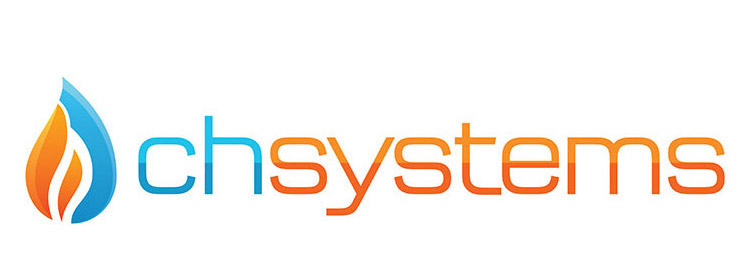Use of heat pumps grows as government looks to subsidise low-carbon heat sources
Global warming is a reality that has incentivised a world-wide search for alterative heating sources (and methods) in an effort to reduce the emission of the greenhouse gases that are responsible for warming of the earth’s temperature, resulting in the likes of: extreme weather conditions, an adverse change in ecosystems and a rise in sea level as glaciers and ice sheets melt.
In order to reduce its carbon footprint, the UK recently made history with the launch of a pioneer scheme that uses sea water as a source of heat. New technology has enabled the implementation of a system that will see historical home Plas Newydd in Wales warmed by a heat pump.
The 300kW marine source heat pump cost £600,000 – a bill footed by the National Trust. Water pipes had to be laid to extract the water from the sea and also transport it to a heat exchanger, which sucks warmth from the water and uses it to heat the Plas Newydd building. But the initial pay-out should pay off, as the scheme is expected to save around £40,000 a year in operating costs.
Electricity is used to work the system’s pump and exchanger, which only manages to be efficient if the final heat is usable at a relatively low temperature – Plas Newydd sits happy at 55C.
Roger Harrabin, environmental analyst writing for the BBC, says that heat pumps are a good alternative to the use of fossil fuels and may be the way forward when it comes to decarbonising UK heating systems – but only in certain instances. Properties close to a water sources with low-grade heating requirements are perfect project candidates, especially if the current heating system is expensive to run; much like at Plas Newydd – not being connected to the gas grid, the house relied on expensive oil heating for warmth.
In an effort to promote low-carbon energy projects, the Centre for Sustainable Energy (CSE) has rolled out a National Heat Map, which shows the rivers in England that have the highest potential for water source heat pumps. The Heat Map is a tool that will help identify locations where heat distribution is most likely to be beneficial and economic thus prioritising locations for more detailed investigation.
As a business looking to cut energy costs, heat pumps might not be the ideal method, not yet anyway, but here’s something to bear in mind: Tobi Kellner, co-author of the “Zero Carbon Britain Report” for the Centre for Alternative Technology at Machynlleth in mid Wales told the BBC news that in a future where most electricity is produced from renewables, heat pumps would become the method of choice – whether heat is extracted by ground, water or air.
For more detailed information on the marine source heat pump project at Plas Newydd, and for mention of other projects of similar ilk, read “Plas Newydd: Heat from the sea to warm historic house” on Bbc.co.uk. And CLICK HERE to find out about the CSE’s National Heat Map.
If you’d like further information on the Renewable heating Initiative, feel free to contact the CH Systems team on 0208 302 8149 or info@chsystems.cc.


